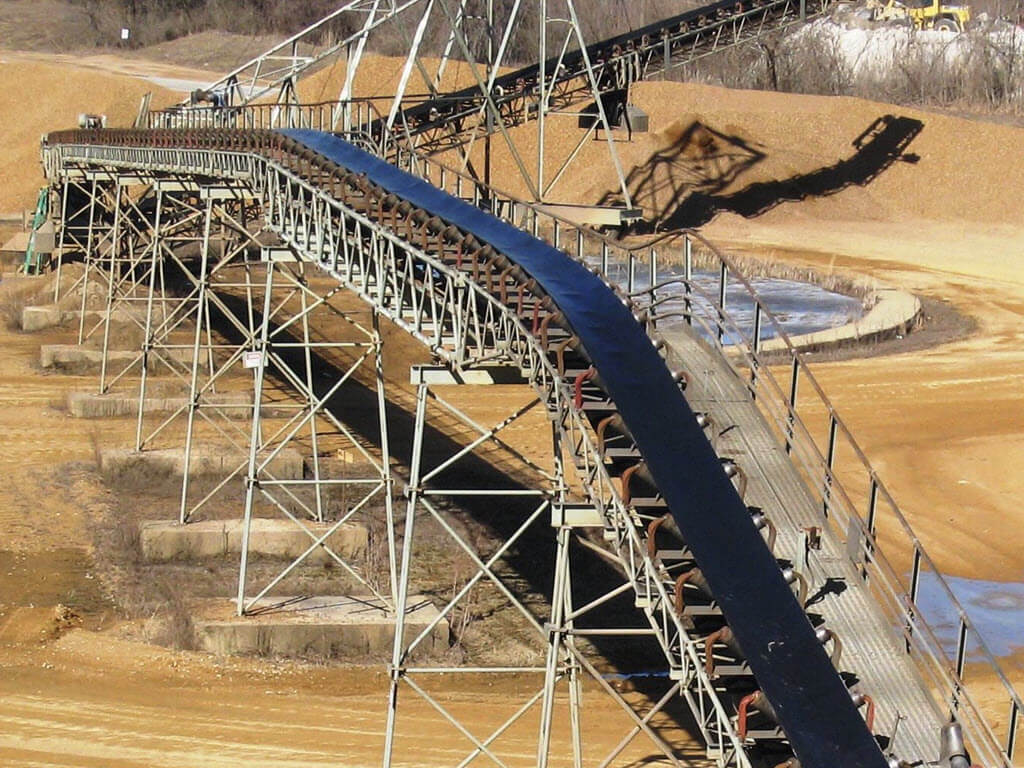The Mechanics of Efficient Material Handling with Rubber Belts
The Mechanics of Efficient Material Handling with Rubber Belts
Blog Article

In various industries, efficient material handling is crucial for maintaining productivity and ensuring smooth operations. One of the key components that facilitate this process is the use of conveyor belts, particularly those made from rubber and PVC. These belts are designed to handle a wide range of materials, from heavy loads in manufacturing plants to lighter packages in distribution centers. Their versatility and reliability make them essential tools in modern logistics and production environments.
The design, development, and production of rubber conveyor belts, PVC conveyor belts, and rubber drive belts have evolved significantly over the years. Manufacturers are continually innovating to enhance performance, durability, and efficiency. Whether moving raw materials or finished products, the right belt choice can greatly impact operational efficiency and overall system effectiveness. Understanding the mechanics behind these belts allows businesses to make informed decisions that ultimately improve their material handling processes.
Design Principles of Rubber Conveyor Belts
The design of rubber conveyor belts is crucial to achieving efficient material handling. Key considerations include the selection of appropriate rubber compounds, reinforcement materials, and belt configuration. The rubber used must possess specific properties such as flexibility, tensile strength, and resistance to abrasion and chemicals. This ensures the belt can handle the demands of various materials and operating environments while maintaining durability.
Another important aspect of rubber conveyor belt design is the correct sizing and shape to meet the intended application requirements. Factors such as belt width, thickness, and length must be meticulously calculated based on the load capacity and distance of travel. Additionally, the type of splicing used to join belt ends is essential for maintaining the integrity and reliability of the belt during operation.
Finally, the incorporation of design elements like grooves or patterns can enhance the belt's performance by providing better grip and controlling material flow. Attention to details such as these ensures that rubber conveyor belts not only transport materials efficiently but also adapt to various logistical challenges, ultimately leading to improved productivity in material handling systems.
Chevron Conveyor Belt Suppliers
Development and Production Processes
The development of rubber conveyor belts, PVC conveyor belts, and rubber drive belts begins with the careful selection of raw materials. The choice of rubber compounds, fabrics, and additives is critical to achieving desired performance characteristics such as durability, flexibility, and resistance to abrasion and chemicals. Engineers and material scientists collaborate to formulate blends that optimize strength and longevity while ensuring the belts can withstand the specific conditions they will encounter in various industries. Rigorous testing is an essential part of this phase, enabling the team to evaluate different prototypes under controlled conditions.
Once the material formulations are finalized, the production process begins. This involves several stages, starting with mixing the raw materials to create a homogeneous compound. The compound is then shaped into the desired belt configuration using methods such as calendaring and extrusion. During this stage, the belts may also feature reinforcements, such as steel wires or textiles, which add strength and prevent stretching. Quality control measures are implemented at each step to monitor consistency and performance, ensuring that every belt meets stringent industry standards.
After the belts are produced, they undergo rigorous testing and inspection before reaching the market. This finalization stage ensures that each unit not only meets the specified dimensions but also exhibits the required operational characteristics. It's common for manufacturers to conduct dynamic testing to simulate real-world performance conditions, validating the durability and effectiveness of the belts. By adhering to high production standards and incorporating continuous feedback from end-users, manufacturers can enhance their products, ensuring they remain competitive in the evolving market of material handling solutions.
Applications and Efficiency of PVC and Rubber Drive Belts
PVC and rubber drive belts are widely recognized for their versatility and efficiency across various industries. In manufacturing, these belts are critical components in conveyor systems, facilitating the smooth transport of materials from one point to another. Their ability to withstand heavy loads and resist wear makes them ideal for industries such as food processing, packaging, and textiles. The anti-static and chemical-resistant properties of PVC belts ensure that they maintain performance in challenging environments, contributing to increased productivity.
In the automotive sector, rubber drive belts play a vital role in transferring motion in engines and other mechanical systems. Their strength and flexibility allow them to handle the high torque and variable speeds required in vehicles. By utilizing advanced design techniques, manufacturers can produce drive belts that are not only efficient but also tailored to meet specific performance demands, thereby enhancing the overall efficiency of automotive systems. This adaptability ensures that they remain a preferred choice for both original equipment manufacturers and aftermarket solutions.
The energy efficiency of PVC and rubber drive belts is another significant advantage. These belts are designed to minimize friction and drag, which leads to lower energy consumption during operation. By reducing the amount of power needed to move materials or drive machinery, companies can achieve significant cost savings over time. As industries continue to focus on sustainability and reducing their carbon footprint, the role of efficient material handling solutions like PVC and rubber drive belts becomes increasingly important.
Report this page